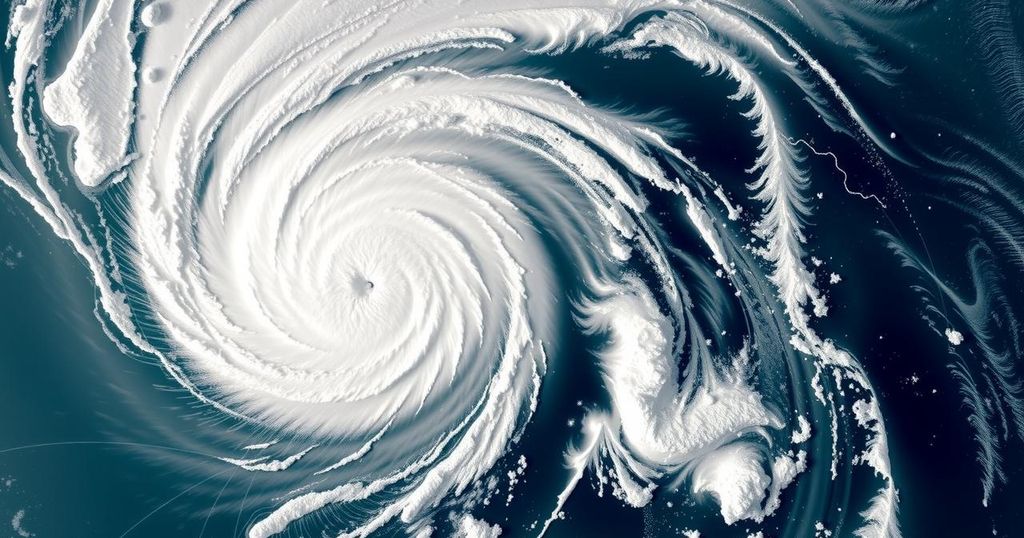Weather
World news
ADRIATIC SEA, AFRICA, ANTSIRANANA, ASIA, ATLANTIC OCEAN, AUSTRALIA, BORA, CHIDO, CROATIA, CUBA, DIKELEDI, EUROPE, INDIA, INDIAN OCEAN, INDONESIA, MADAGASCAR, MAYOTTE, MOZAMBIQUE, MOZAMBIQUE CHANNEL, NATURAL DISASTER, NATURAL DISASTERS, NORTH AMERICA, OCEANIA, POWER OUTAGES, RAIN, VO, VOHEMAR, WEATHER
Oliver Grayson
0 Comments
Tropical Cyclone Dikeledi Claims Lives and Affects Madagascar and Mayotte
Tropical Cyclone Dikeledi struck Madagascar and Mayotte, resulting in three deaths and widespread flooding. Initially forming between Indonesia and Australia, the cyclone intensified and made landfall, causing significant damage. Approximately 14,500 people sought shelter amid the storm. Dikeledi is forecasted to reintensify and impact Mozambique, bringing additional severe weather.
Over the past weekend, Tropical Cyclone Dikeledi emerged as a significant threat to eastern Africa. Initially a minor disturbance occurring between Indonesia and Australia on January 2, it progressed westward, developing into a depression. By January 10, this system intensified into a tropical cyclone, sustaining maximum wind speeds of 74 mph, equivalent to a category 1 hurricane.
Dikeledi made landfall on Saturday, impacting northern Madagascar between Vohemar and Antsiranana, where it caused heavy rain and winds, resulting in at least three fatalities before transforming into a tropical storm and moving towards the Mozambique Channel.
Subsequently, the cyclone affected Mayotte, a French territory, unleashing heavy rainfall that led to flooding and mudslides. Approximately 14,500 individuals sought refuge in emergency shelters and will remain there until conditions improve. The cyclone is projected to track southward into the Mozambique Channel, with an anticipated reintensification, bringing further severe weather to Mozambique, including substantial rainfall and strong winds.
In a parallel observation, strong winds were reported in the Adriatic Sea over the weekend, with gusts reaching 45 mph, though they peaked near 60 mph. This phenomenon is classified as the Bora, a type of cold katabatic wind common during winter conditions and expected to continue into Monday before subsiding.
Tropical cyclones are intense circular storms located over warm tropical ocean waters, featuring organized thunderstorms, strong winds, and often heavy rainfall. They can cause significant damage upon landfall, leading to fatalities, destruction of infrastructure, and displacement of populations. The area affected by Dikeledi includes Madagascar and Mayotte, regions vulnerable to such tropical disturbances due to their geographical positioning in the Indian Ocean. The historical context of cyclone activity in these regions, including Cyclone Chido in December, underscores the need for emergency preparedness and response measures.
In summary, Tropical Cyclone Dikeledi has resulted in tragic loss of life and significant damage in Madagascar and Mayotte. As it tracks through the Mozambique Channel, it poses a continuing threat of severe weather to Mozambique. The implications of such weather phenomena highlight the urgency for enhanced disaster management strategies in vulnerable regions to mitigate loss and ensure the safety of affected populations.
Original Source: www.theguardian.com




Post Comment